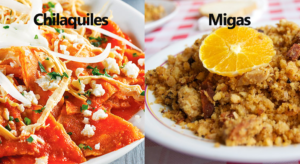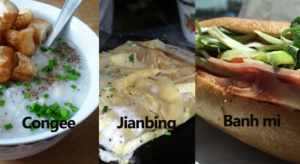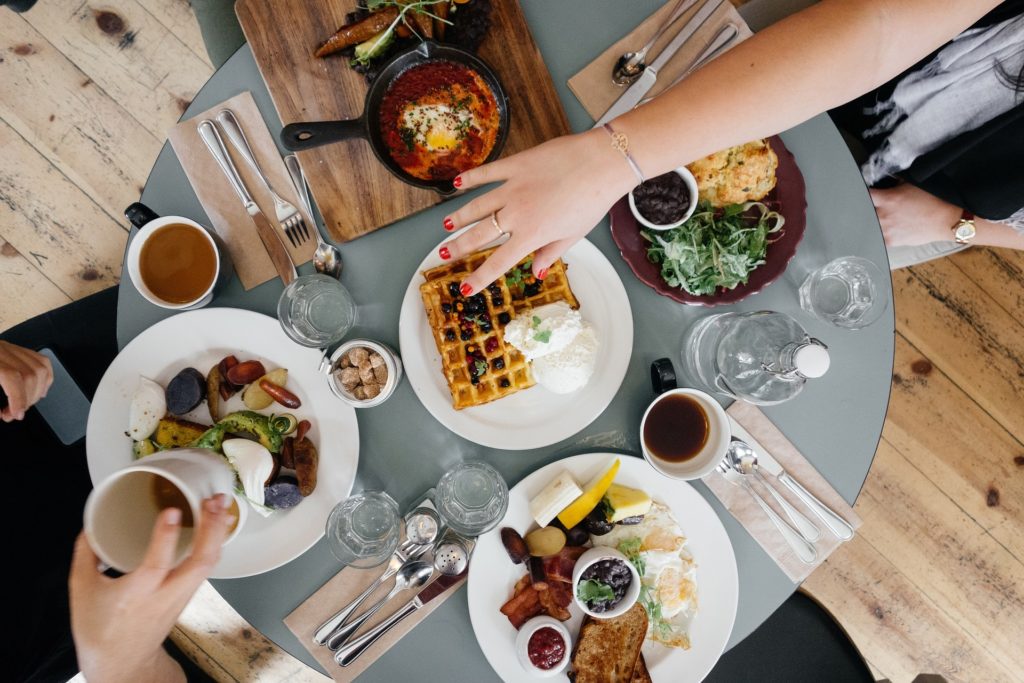North America is home to some of the most culturally diverse countries in the world and considering the amount of cultural diversity there is in the US alone, there is bound to be a mixing of cultural cuisines. According to market research firm Packaged Facts, America’s diverse population has inspired new dietary preferences that food marketers and restauranteurs need to understand in order to find success in this multicultural consumer market and the company believes that the most important meal of the day is a great place to start.
In their latest series of reports titled Bundle: Breakfast Trends and Opportunities, Packaged Facts highlighted the importance of breakfast foods in the food industry and identified key trends that are shaping the future of this early morning meal. Although the number of US consumers who consider breakfast to be the most important meal of the day decreased from 57 percent in 2007 to 52 percent in 2017, this percentage of “breakfast believers” is still far greater than the 18 percent of people who prefer lunch and 19 percent of individuals who prefer dinner.
“Now more than ever, success as a marketer and manufacturer in the breakfast food industry requires understanding that breakfast trends at both retail and foodservice reflect a growing consumer state of mind that the most important meal of the day is one that can be experienced in a multitude of ways,” said David Sprinkle, research director for Packaged Facts.
Although Hispanics are considered a minority, based on a variety of factors and trends, Packaged Facts identified Hispanics to be the most influential “breakfast believers.” This might be due to the fact that Hispanics represent 18.5 percent of the US population, which accounts for more than 60 million individuals. The Hispanic demographic in the US is also expected to grow 9.3 percent through 2020, which means that their buying power and social influence will continue to grow as well. Food industry professionals should keep this trend in mind as they consider foods that certain cultural groups might find appealing.
“Race and ethnicity emerge as distinguishing characteristics in breakfast usage and habits. With an increasingly diverse population, it’s prudent for breakfast marketers and restaurateurs to understand the importance of targeting households across the cultural spectrum,” said Sprinkle.

Hispanic breakfast foods that have been gaining popularity include breakfast bowls, chilaquiles and migas.

However, Hispanic foods aren’t the only types of breakfast meals that are gaining popularity in the consumer space. Packaged Facts found that Asian breakfast dishes such as banh mi, congee, morning fried rice, bao and jianbing have also been gaining traction in the breakfast industry. Other multicultural breakfast foods include Italian-style frittatas and Middle Eastern shakshuka.
Another interesting multicultural food trend to keep an eye out for is fusion cuisine, which is formed when multiple flavors and ingredients from different cultures are combined to create new fusion dishes. After visiting over 100 targeted restaurants in New York, Chicago and Los Angeles, Gerry Ludwig, corporate consulting chef of Gordon Food Service, found that popular fusion meals in the US incorporate flavors from Brazil, India, China and Italy. There is also a rise in Filipino-style dishes, which are often referred to as the “original fusion cuisine” because they incorporate a variety of Spanish, Western, Chinese, Japanese and Pacific Islander flavors.
So it looks like the current consumer demographic appreciates flavors from all over the world. As the US continues to become more diverse, the American food industry will likely offer more international cuisine.












Join or login to leave a comment
JOIN LOGIN